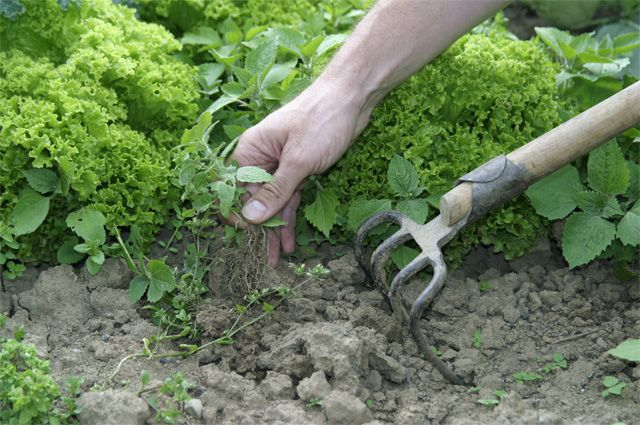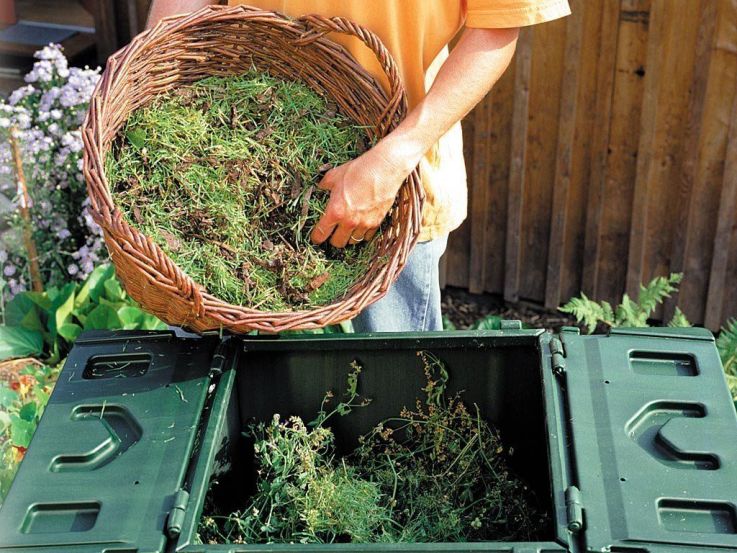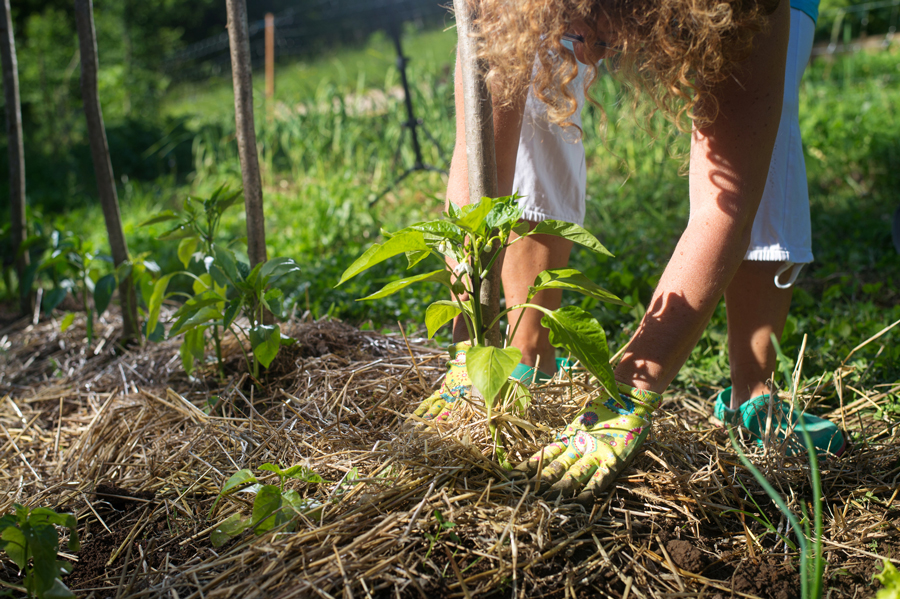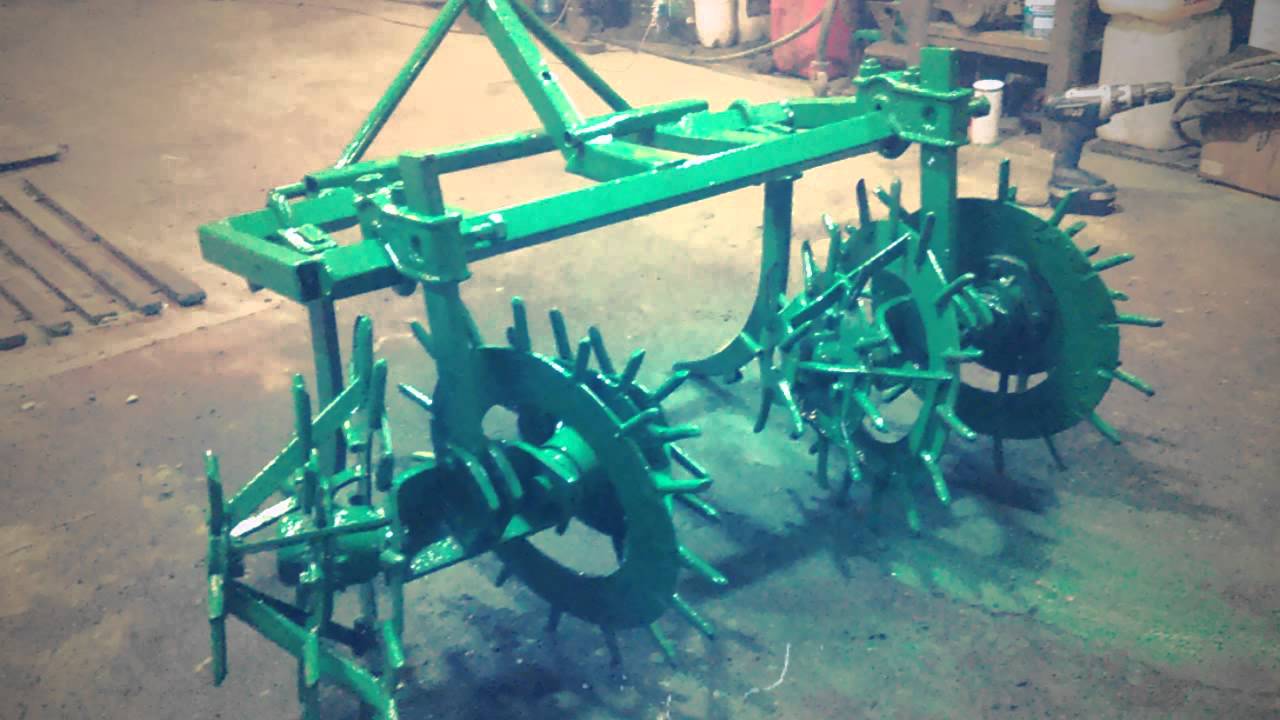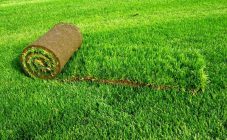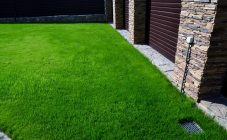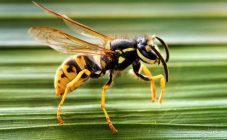Content:
Gardeners often face the question of what to do with the grass after weeding. Instead of mowing and throwing it away, you can benefit from the weeds. Weed-based preparations are capable of feeding crops and helping to protect against pests. To do this, you should know how to get rid of weeds and properly process them, is it possible to burn grass on your site, etc.
Weeding the garden
Removal of weeds from the plot should be carried out as often as possible. It is recommended to get rid of weeds both near cultivated plantations, and in the aisles, and along the edges of the site.
Basic rules for weeding:
- weeds need to be weeded only after they form a powerful root system;
- it is necessary to weed weeds after rain or irrigation, since this way they are easier to extract from the soil;
- the weed removal procedure is usually combined with loosening the earth in the bust sector;
- instead of mowing the weeds, it is better to uproot them together;
- all parts of weeds must be removed from the site, otherwise they can re-root under favorable weather conditions.
But what to do with the grass in the country after weeding?
Is it possible to burn grass on your site
To set fire to plants, it is not recommended to dump them all in a large pile. It is difficult to burn, since the lower layers of such piles burn out badly, emitting only puffs of smoke. Raw plants will also not burn out normally, so make sure they are dry before setting them on fire.
When answering the question of whether it is possible to burn grass in a summer cottage, it should be noted that this procedure must be carried out with caution. As a result of an oversight, the fire can spread to other plants and destroy them. The fire must be constantly controlled while it continues to burn, and after it burns out, the fire is poured abundantly with water.
Use as fertilizer
On the basis of weeds, compost is prepared - a nutrient used for feeding cultivated plants. Weeds that have been mowed in the garden must be laid out correctly for composting. They should be the top layer, and below them:
- garbage, sawdust, ash, soot;
- tops of plants;
- plant residues;
- dried straw.
The height of each layer varies from 30 to 50 cm. In addition, they need to be sprinkled with soil 5-10 cm each. Turf or soil is used as a dark additive, laid with the roots up. They are also used to lay around the heap from all sides. From above, the pit is spilled with an EO preparation or liquid manure. In spring and autumn, the contents are carefully turned over.
The following components should not be added to the heap:
- glass;
- plastic;
- newspapers;
- ceramics;
- boiled fruits, vegetables;
- shells from eggs;
- metal;
- textile;
- plant parts affected by diseases.
The finished compost will have a crumbly appearance and brown color. The substance will not give off a putrid odor. Properly prepared compost contains up to 20% nitrogen.It is brought in in the spring before digging the garden. Compost will be great for helping cultivated plants throughout the growing season, feeding the soil with useful substances.
Mulch
To mulch the soil near cultivated plants with weeds, they should be spread out in the bust sector with a layer of about 15 cm. To prevent weeds from taking root in a new place, they first shake off the rest of the soil from them, leaving only greens. This procedure will not affect creeping wheatgrass, therefore it is not used as a mulching preparation.
Weeds have a number of benefits as mulch. So, an apple tree under such a shelter receives a double dose of nitrogen, potassium and phosphorus. A significant number of earthworms appear in the soil. After irrigation, a dense crust does not form on the soil mulched with weeds, which has a detrimental effect on cultivated plants.
Folk remedies
On the basis of weeds, you can make herbal infusions for garden and vegetable plants. They contain few nutrients (for example, nitrogen in them is no more than 1.5%), but they stimulate the growth of plants, so that they become able to independently obtain trace elements and soil for themselves.
To prepare the infusion, prepare a barrel with a volume of 100 liters and fill it with freshly picked weeds (chamomile, dandelion, quinoa, nettle). The contents of the barrel should not be tamped. The rest of the volume is filled with water without covering the container with a lid. From time to time, the vegetable solution is stirred.
After 1.5-2 weeks, fermentation will stop, and the liquid will acquire a transparent color. This signals its readiness for intended use. The product is poured through the filter. If it is used for spraying plants from pests, then it is diluted with water in a ratio of 1:20, and if for irrigation, then in a ratio of 1:10.
Biological disposal
For the preparation of biogas based on weeds, a suitable biogenerator should be selected. After mowing the weeds, 4 kg of plant material is diluted with water to obtain about 20 liters of a diluted solution. Then it is left to ferment for 35 days, after which the water is drained and used as fertilizer in the suburban garden plot.
Another option. On weeds, thickened stems and roots must be removed. You will need about 2.5 kg of such plant materials. It is thoroughly crushed and ground in water before being loaded into the bioreactor. The water must be clean, no chlorine or soap added. The resulting product is poured into the apparatus through a special tube. This procedure has to be repeated daily, which will allow you to constantly receive energy.
Liquid fermentation products should flow out of the apparatus through a special pipe. They can then be used as fertilizer. When the liquid is completely poured out, the biogenerator is cleaned of weeds, dried and the clogged pipes and valves are cleaned.
Knowing how to dispose of the cut grass in the country, you can achieve significant success in the cultivation of cultivated plants. Cheap and fast methods can help gardeners reap enormous benefits.
